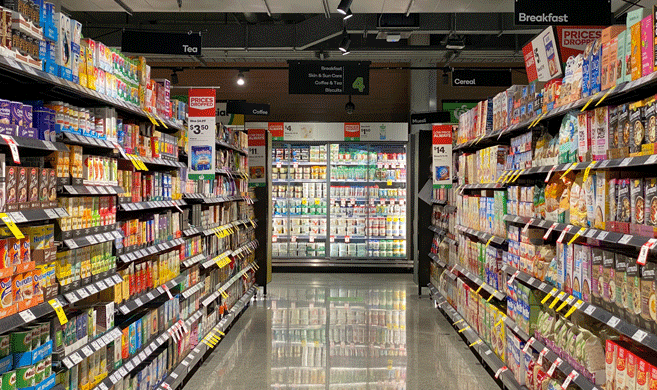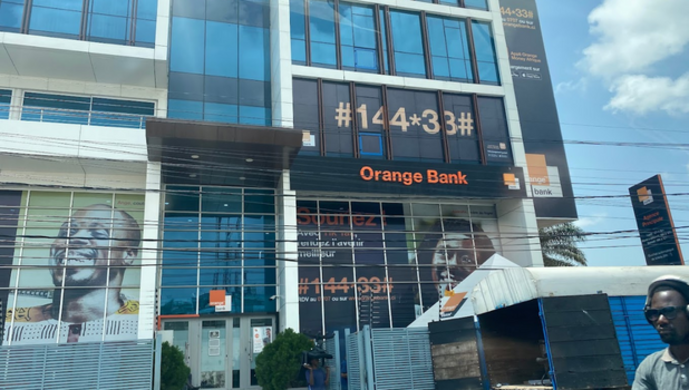GS1: An enduring reference or at-risk organization?
In 1974, a pack of Wrigley’s chewing gum became the first ever product with a barcode to be scanned in a shop. Ever since then barcodes have encoded the prices of items and can also record basic data such as a short description.
In order to thus identify their products, companies get their barcodes, otherwise known as Global Trade Item Numbers (GTINs), from GS1, a not-for-profit organization that supports businesses to sell their products in the global marketplace. The numbers are unique and authentic within the GS1 system around the world. This helps companies better sell and digitize their products, automate their transactions, optimize their logistics and improve the traceability of flows.
GS1 also co-designs best practices, standards and a common language to meet business challenges and to develop a more efficient value chain. What could be more stable? After all, maintaining standards, by definition, appears to be a static concept with a seemingly stable business logic. In addition, customers for such a business also appear to be relatively fixed.
Our work has shown that although GS1 is a seemingly stable organization, it needs to adapt to the rapidly changing technological environment and social demand.
Yet our work has shown that although GS1 is a seemingly stable organization, it needs to adapt to the rapidly changing technological environment. Indeed, both the standards and the customers of product supply chain standards have been changing. So GS1 has had to reimagine its business model. Incidentally, this is something almost all businesses can learn from.
Changing business logic
Information Technology (IT) has evolved into becoming the bedrock of organization’s business strategies. Whether it is the quest for exploring new strategic opportunities enabled by artificial intelligence and social media analytics, or enrichment of the ongoing business operations through efficient enterprise resource planning systems, the role of IT is now deeply entwined with the core business.
The ability to process, capture, transfer and store data is ever-growing and becoming more affordable. As the world goes increasingly digital, the barcode’s potential has exploded.
The result? GS1’s original goods-dominant logic needs to switch to a service-dominant logic, focusing on the service instead of the product itself. In other terms, the organization needed to switch from merely supplying a product (its barcode classification system), viewed as a source of value for the consumer (“value-in-exchange”, in theoretical terms), to creating what is termed “value-in-use”, where value is co-created through mutual interactions between service users and providers.
In practical terms, GS1 had to reimagine the data standards and make them accessible to the stakeholders involved.
Conscious consumers, supply chain partners, regulators: more stakeholders’ interests to address
Back when the first packet of barcoded gum beeped through the tills, GS1’s only stakeholders were Wrigley’s and the shop selling it. GTINs allowed manufacturers to follow their products as they travelled across the supply chain. Vendors used GTINs to track products from the shelf into the hands of the consumer. Now, there is a third party for whom GTINs are valuable: the end consumer.
More and more people are interested in finding out more about the products they are buying, for example details about the sugar and fat content of foods or the carbon footprint of an electrical appliance. Can all this data can now be embedded in a product’s barcode? This also adds value for regulators, who may want to track information about the labor involved, or authorized additives, or any other specific characteristic, and also for supply chain partners, who want to better analyze and market products.
One solution to meeting the client demand for more data is that GS1 starts collecting that data itself. This approach is already underway. Now, when GS1 allocates a new GTIN, it is gathering seven fields of basic information for most products. For some products, such as wine, even more data can be gathered – in this example, the vintage of the wine and where the grapes were grown.
In sum, there is a definite shift in the use of data by GS1 from a mere “identification” of products to getting detailed “information” about the products, which can be used to create value-added solutions for the consumers.
Online commerce: towards the end of barcodes?
Historically, the physical point of sale was very important, but with online shopping the simple barcode is becoming redundant. The other change being driven by e-commerce is that it empowers smaller companies and sole traders to sell their products widely. So GS1 had to innovate to make its standards accessible to these new users of online supply chains.
GS1’s innovation to tackle the lack of barcode use for smaller players is called CodeOnline. Any sellers can go through this process to create their own GTINs for sale transactions. This is part of what we call the democratization of data and standards.
As a society we are ingesting more information in multimedia forms. And that is a challenge for the future for some companies like GS1. One avenue to explore is that GS1 increases its resilience by representing data in audiovisual ways.











